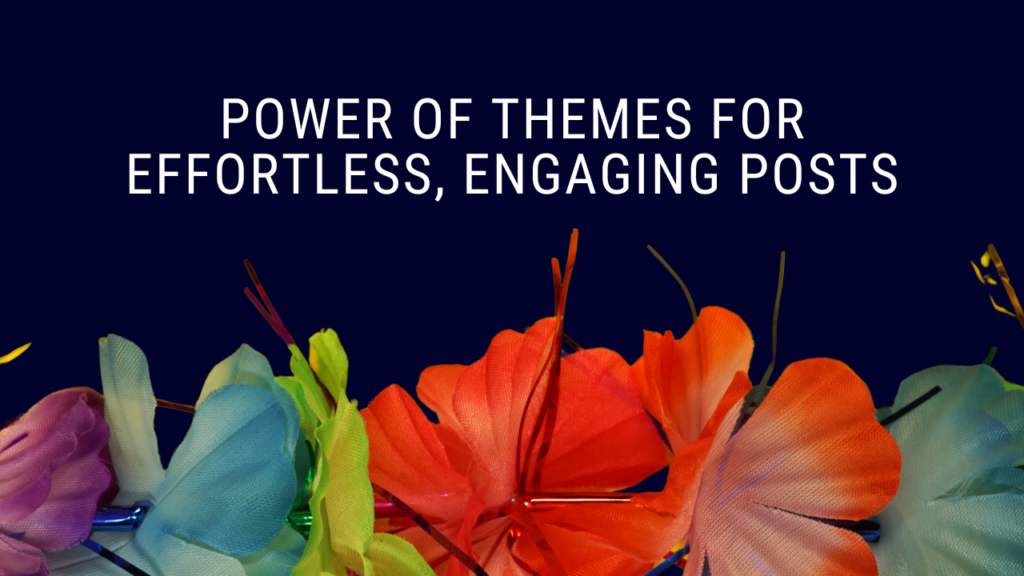I know creating videos, particularly short-form videos, is challenging for many of us. People tell me that main reason they don’t do video is because they are uncomfortable on camera.
I get that. I’ve been there too.
But the truth is that video is the best way to jumpstart that “know, like, and trust” factor with potential clients.
Recently, I shared a ton of information about short form videos during webinars that I did ahead of my new program – Short Form Video Mastery. (It just launched yesterday 😉)
I decided to share it with you in this edition of my newsletter.
Why Short Form Video Is Essential
As video content continues to dominate social media and online platforms, its ability to build the “know, like, and trust” factor between creators and their audiences has become increasingly evident.
Here are 3 reasons for this:
🔹Video content consumption has grown, with people spending an average of 100 minutes per day watching online videos in 2022.
🔹Consumers say they want more video content from businesses they support and prefer to learn about products and services through video.
🔹Creators’ body language and facial expressions allow viewers to form deeper emotional connections that accelerate “know, like, and trust.”
Video Formats and Features
Let’s start with LinkedIn. It supports portrait (9:16), landscape (16:9), and square videos. LinkedIn has auto-generated captions on desktop and mobile.
LinkedIn is also beta testing a TikTok-like video stream on the mobile app, which may make portrait videos a better choice.
Moving on to TikTok, it’s known for portrait-oriented videos, but square videos also perform well.
Recently, TikTok added a “full screen” button, which when clicked, opens the video to show on your smartphone’s display. TikTok offers auto-generated captions on mobile but not on desktop.
On Instagram, portrait or square videos work best. The platform provides auto-generated captions on desktop and mobile.
All formats work well on YouTube, with portrait best for Shorts.
4 Video Types
Now let’s talk about the different types of videos and which platforms they work best on.
Edutainment
A blend of education and entertainment, Edutainment videos make learning more enjoyable, engaging, and more accessible to viewers.
How-To or Educational
These videos are most often used to teach skills, techniques, or concepts. They’re straightforward and focused on enhancing viewer knowledge.
Fun Entertainment
The primary goal of Fun Entertainment is to amuse and engage the audience. The goal is to deliver a fun, memorable, experience, that viewers want to share.
Behind-the-Scenes (BTS)
These peek-behind-the curtain videos help to humanize brands. They help form a deeper connection and make viewers feel like part of the brand’s journey.
Essential Video Elements
Whatever type of video you’re creating, remember these essential video elements.
Hook the Viewer
Grab the viewer’s attention with a surprising image or statement or question, often referred to as a “hook,” to make them want to watch more.
Hold Their Interest
Engagement in videos refers to the content’s ability to keep viewers interested from start to finish. Keep viewers interested with content that solves a problem.
Keep the Pace Fast
Fast-paced doesn’t mean that every segment needs to be short, it involves editing your videos to remove “dead” space and cutting unnecessary content.
Add Visual Appeal
Finally, add visual appeal. Make “talking head” videos more engaging by using animations, graphics, on-screen text, etc.
Preferred Platforms
All video types work across platforms, but can work better on some than others.
Edutainment thrives on TikTok, Instagram, and LinkedIn.
How-To / Educational videos do well on YouTube, LinkedIn, TikTok, and Instagram. On TikTok and Instagram, these often use on-screen text.
Fun Entertainment can work well on all platforms. It shines on TikTok, Instagram, YouTube Shorts, and is growing on LinkedIn.
Behind-the-Scenes content is best on TikTok, Instagram, and LinkedIn. YouTube has longer, documentary-style BTS content.
Additional Considerations
Besides video formats, types, and essential elements, there are a few other things to remember
🔹Trends – as mentioned, LinkedIn rolling out a “video” tap on mobile and TikTok introducing a “Full Screen” button. Instagram is also rolling out the ability to upload 30-minute videos on desktop.
🔹Inclusivity – there are 35.7 million adults in the US who are deaf or have trouble hearing ( National Institute on Deafness and Other Communication Disorders).
🔹Engagement – studies continue to show that a majority of viewers watch videos with the sound off and are more likely to watch until the end if the video has captions.
Video Is Essential
While I understand that creating video content is tough, particularly when you first begin. But, video isn’t going anywhere.
As consumer consumption and their preference for video rises, video becomes increasingly essential.
If you’re new to video, start with something easy. You on video, sharing some tips or techniques to help your audience. Add some captions, and you’re done.
When you become more practiced, embrace edutainment, showcase your human side, and keep up with trends.
If you’re struggling to come up with content ideas, try using content themes. Click here to learn how.


